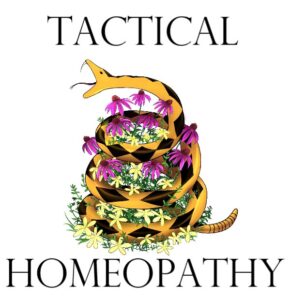
The American Institute of Homeopathy was founded in 1844 and is the oldest still existing medical organization in the U.S. Because homeopathy is effective and homeopaths valued medical science and formal medical education, homeopathy posed the greatest threat to the allopathic medical institutions. In an effort to combat the “growing problem” of homeopathy, the American Medical Association was founded in response to the AIH in 1847. The AMA withheld membership from any state or local medical organizations to which homeopaths belonged, banned any discussion of homeopathy in their journals, expelled doctors who consulted with homeopaths (this clause was later dropped), and even declined to acknowledge delegates from the New York State Medical Society after the society recognized homeopaths.
In 1900 there were 22 homeopathic medical schools, over 100 hospitals, and over 1000 pharmacies in the U.S.
Then in 1910 came the Flexner report. Funded by the Carnegie Foundation and the Rockefeller Foundation, who saw a profit in patented medicines manufactured from the petroleum industry, and supported by the AMA, Abraham Flexner visited all the medical schools in the U.S. His conclusion was that there were too many doctors and medical schools and he called for the standardization of the medical schools in America. Based on his report Congress declared the AMA the only governing authority over medical licensing. The Rockefeller Foundation began funding medical schools with a condition – they could only teach allopathic medicine. Since homeopathy cannot be patented and therefore had no money behind it, it quickly disappeared from medical schools and the Rockefeller Foundation monopolized on the pharmaceutical industry with by-products of the oil industry.
But homeopathy is now making a comeback in America as a grassroots effort mostly through families. In the U.S. today homeopathy is used by over 6 million people and that number is growing!
